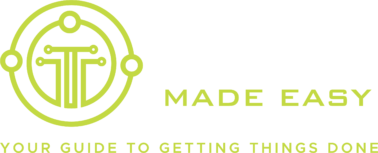Hard Disks
When it comes to storage I would always recommend that the system disk (the one that holds your operating system and applications) is seperate from the disks that will hold your data. The reason for this is simple; it means you can upgrade your operating system and applications without having to worry about your data getting corrupted if something goes wrong. It also allows you greater freedom (with some caveats) to change your operating system without losing anything.
For your main boot disk I would recommend you go with an SSD, either SATA or M.2 depending on what suits your build best. You don’t need masses of space for this disk, it’s only going to handle your operating system, applications and associated files.
Something like this 120GB Crucial unit would be more than enough. 120GB might not seem like a lot, but consider that this PC is only going to have the OS and applications for things like media sharing, cloud storage, maybe a web server. These are not applications that need a lot of space, so 120GB is more than enough.
Next we need to talk about the drives that will make up your bulk storage. I’d strongly recommend using a RAID5 configuration for your disk array, this will ensure that all your data remains safe even if one of your drives fails (more about this in the next part).
This means you’ll need a minimum of three hard disks. You can add as many as your motherboard will support, and this can be an advantage if you need a lot of space.
It’s important to consider that all your disks will need to be the same model, there is some leeway in this; providing all your disks are the same capacity and have the same sector size then they should work together, but for best performance make sure all your drives are the same.
It’s also of note that when using RAID5 the total amount of space available will be less than the total capacity of all of the disks. The formula for calculating the total capacity is quite simple:
When C = drive capacity and N = the number of drives then the total available capacity is:
T = C x (N-1)
So, if you have four drives, all of 3TB capacity, then your total available storage will be roughly 3TB x (4 – 1) = 3TB x 3 = 9TB.
Which drive size you get will depend on how big an array you need, but these 4TB Seagate units are tried and tested and work really well. I’ve had four of them in my server for 3 years with no issues.

One point of note; several manufacturers now release drives which they claim are designed for NAS devices or home servers. These drives usually come at a premium and in my view are not worth the extra cash when compared to “normal” hard disks. When we get to setting up our operating system in Part 2 of this guide I’ll show you how to set your system to turn off the drives when they’re not in use, an important step for prolonging use of hard drives in a system designed to be on 24×7.


Pingback: Ultimate Home server Part 2 – Operating System + Remote Access | Tech Made Easy
I was looking to build a cheap & efficient server following your guide but according to pc part picker, the motherboard draws around 80w of power too.
I’m wondering if I should just buy a cheaper old gen home server like a proliant.
Any advice?
In some circumstances the initial outlay from something like an older enterprise server is very attractive, but consider that said device may already have thousands of hours of use under its belt and that replacement parts would be more expensive as they tend to be bespoke. Additionally enterprise hardware tends to draw more power and be louder than the sort of build I’m proposing, but to each his own!